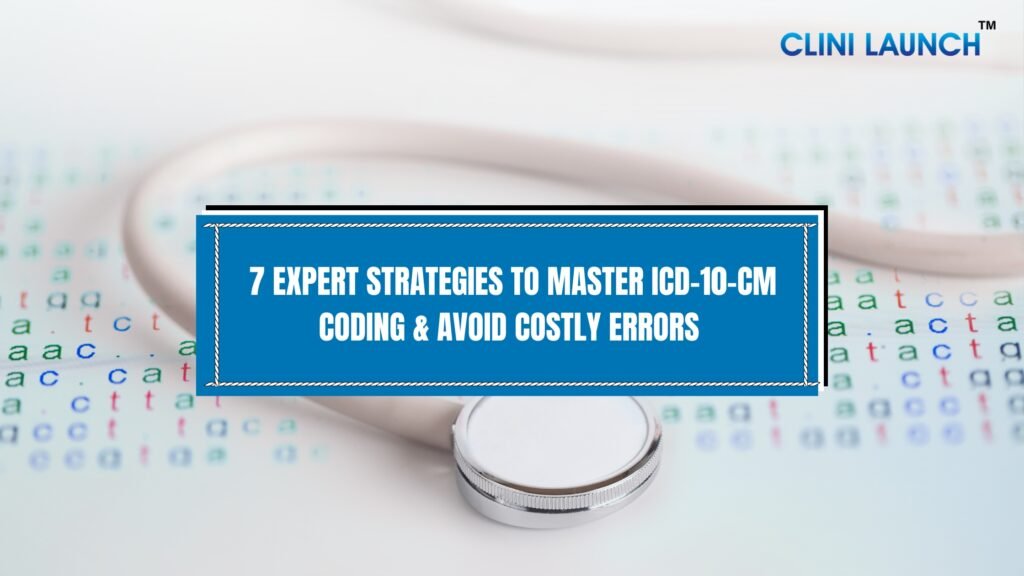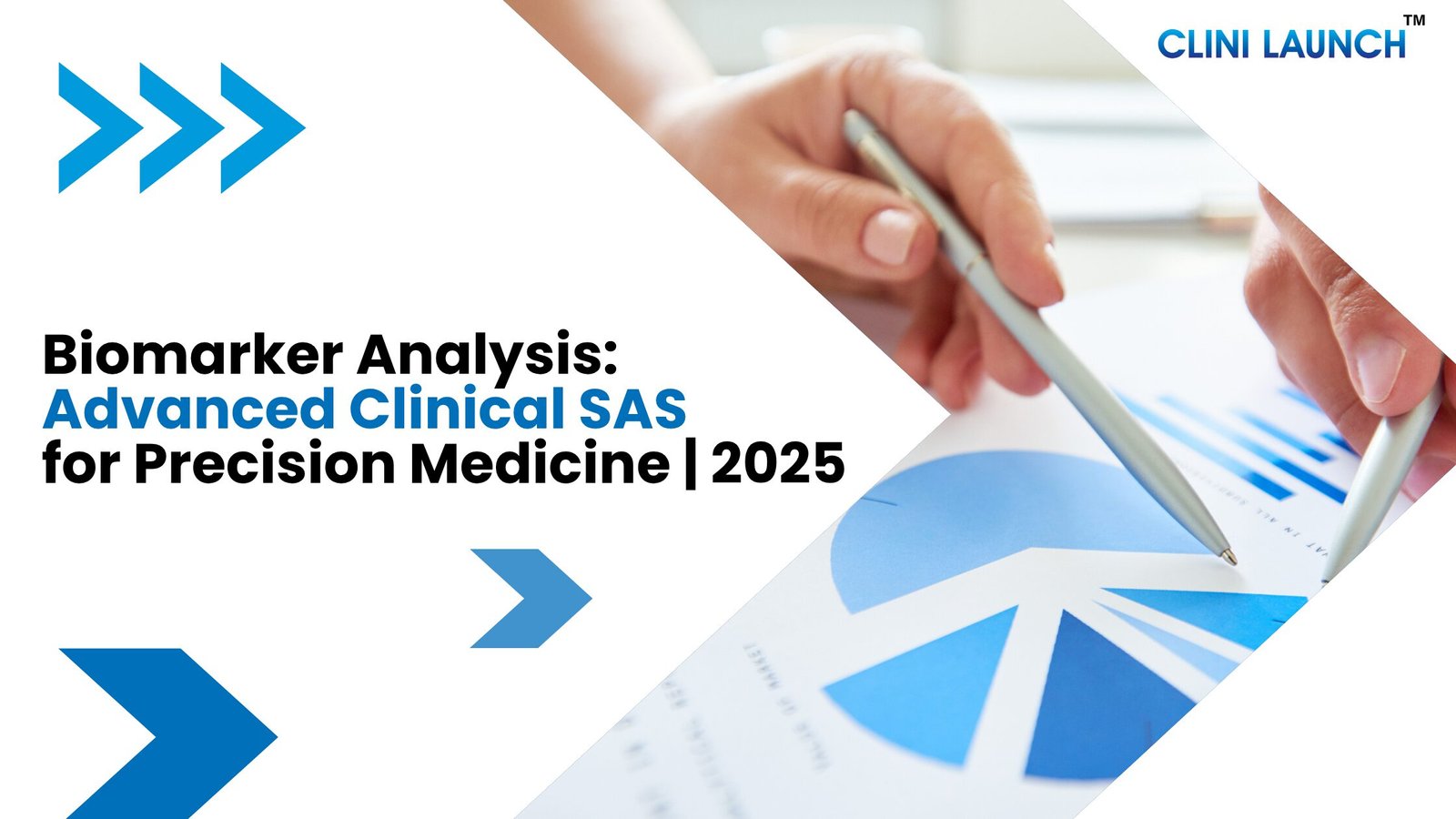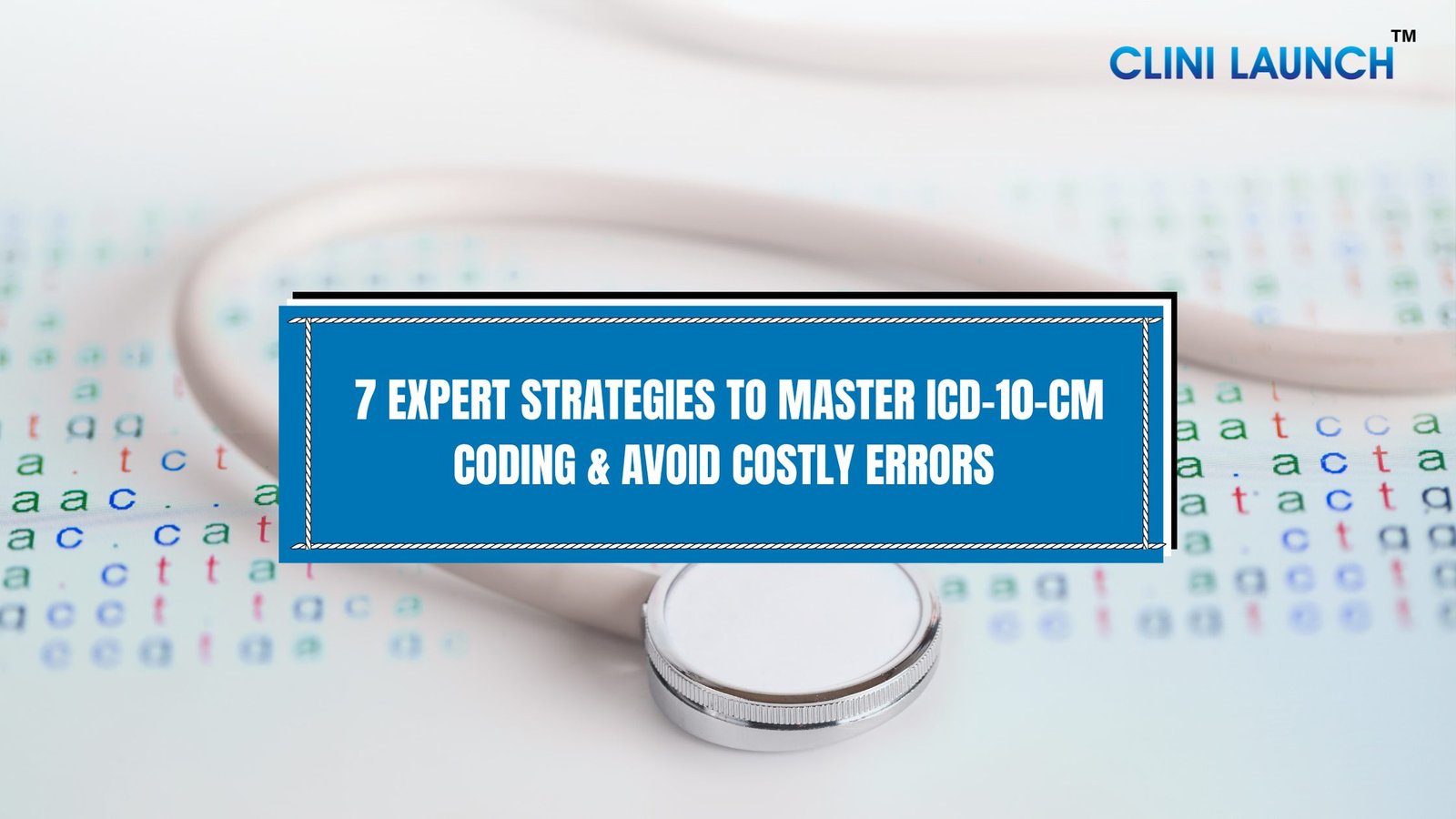Every diagnosis, every procedure, every patient encounters must be meticulously documented and translated into a universally understood language. This language, for diagnoses, is the International Classification of Diseases, Tenth Revision, Clinical Modification, or ICD-10-CM coding. Far more than just a series of alphanumeric codes, ICD-10-CM coding forms the bedrock of accurate medical billing, robust data analysis, epidemiological tracking, and ultimately, high-quality patient care.
The transition from ICD-9-CM to ICD-10-CM coding was a monumental shift, introducing a level of granularity and specificity previously unimaginable. For medical coders, billers, healthcare providers, and administrative staff, mastering ICD-10-CM coding is not merely an advantage; it’s a fundamental necessity. Errors in ICD-10-CM coding can lead to delayed reimbursements, claim denials, compliance issues, and even compromise patient safety.
This comprehensive guide will delve into the ICD-10-CM coding, exploring its structure, significance, and the common challenges faced by professionals. More importantly, we will unveil 7 expert strategies to help you not just understand but truly master ICD-10-CM coding, enabling you to unlock precision in your work and advance your career in the dynamic field of medical coding. Whether you’re a seasoned professional or just beginning your journey in medical coding, CliniLaunch Research will upskill you with expert guidance and assistance with placements.
Enroll Now: Medical Coding
The Genesis and Evolution of Diagnostic Classification: From ICD-9 to ICD-10-CM
The International Classification of Diseases (ICD) is a global standard developed by the World Health Organization (WHO) for the classification of diseases and health problems. Its purpose is to promote international comparability in the collection, processing, classification, and presentation of mortality and morbidity statistics.
The United States adopted the ICD for healthcare purposes, developing clinical modifications to suit its specific needs. ICD-9-CM, the predecessor to ICD-10-CM, served as the diagnostic coding system for decades. While effective for its time, ICD-9-CM began to show its limitations as medical knowledge and technology advanced.
It lacked the specificity needed to accurately describe new diseases, complex procedures, and detailed patient conditions. Its structure, with a limited number of characters and a less robust hierarchical organization, made it challenging to capture the nuance of modern medicine.
The transition to ICD-10-CM coding in October 2015 marked a significant leap forward. Unlike ICD-9-CM’s 13,000 codes, ICD-10-CM boasts over 68,000 codes, offering unparalleled detail. This expansion was driven by the need for:
- Improved data for quality reporting and research: More precise data allows for better analysis of healthcare outcomes, disease prevalence, and treatment effectiveness.
- Enhanced public health surveillance: Accurate coding aids in tracking epidemics, identifying health trends, and implementing timely interventions.
- Greater specificity for clinical care: Detailed codes help clinicians better communicate patient conditions and plan appropriate treatment.
- Facilitation of value-based care initiatives: As healthcare shifts towards outcomes-based models, specific coding is vital for demonstrating value.
- Alignment with international standards: While the clinical modification is unique to the U.S., ICD-10-CM maintains alignment with the global ICD-10 framework.
The shift to ICD 10 CM brought with it a learning curve, but the long-term benefits in terms of data quality and healthcare precision are undeniable.
Deconstructing ICD-10-CM
Understanding the fundamental structure of ICD-10-CM coding is the first step towards mastery. Unlike the primarily numeric ICD-9-CM codes, ICD-10-CM codes are alphanumeric, consisting of 3 to 7 characters. Each character holds specific significance, providing layers of detail:
- First Character: Always an alphabet, indicating the chapter to which the code belongs. There are 21 chapters in ICD-10-CM, categorizing diseases and conditions by body system or type (e.g., A00-B99 for certain infectious and parasitic diseases, C00-D49 for neoplasms).
- Second and Third Characters: Numeric, forming the subcategory of the diagnosis. These characters, combined with the first, define the basic condition or disease.
- Fourth, Fifth, and Sixth Characters: Alphanumeric, providing further specificity. These characters can denote laterality (left, right, bilateral), episode of care (initial, subsequent, sequela), type of fracture, severity, or other crucial details. This is where much of the enhanced detail of ICD 10CM lies.
- Seventh Character: An alphanumeric extender, primarily used for injuries and external causes. This character indicates the encounter type (initial encounter, subsequent encounter, sequela) and is crucial for accurate billing and tracking of care progression.
For example, consider a diagnosis of a simple fracture of the shaft of the right tibia. An ICD-10-CM code might look something like S82.221A.
- S: Indicates injuries, poisoning, and certain other external causes.
- 82: Specifies fracture of shaft of tibia.
- 22: Further specifies transverse fracture.
- 1: Indicates right tibia.
- A: Signifies initial encounter for closed fracture.
This detailed breakdown highlights how ICD 10 CMS allows for a granular representation of a patient’s condition, providing invaluable information for clinical and administrative purposes.
The Critical Role of ICD-10-CM Coding in the Healthcare Ecosystem

The impact of accurate ICD-10-CM coding resonates throughout the entire healthcare ecosystem. Its significance extends far beyond simply generating a bill; it directly influences:
- Reimbursement and Revenue Cycle Management: Accurate ICD-10-CM coding is fundamental for submitting clean claims to payers. Incorrect codes can lead to claim denials, delays in payment, and ultimately, significant revenue loss for healthcare providers. Consumers can use these codes to determine medical necessity and process payments, making precision in ICD10 coding non-negotiable.
- Compliance and Regulatory Adherence: Healthcare is a heavily regulated industry. ICD-10-CM coding compliance is mandated by HIPAA (Health Insurance Portability and Accountability Act) and other regulations. Non-compliance can result in hefty fines, audits, and legal repercussions. Maintaining up-to-date knowledge of coding guidelines is vital.
- Data Analysis and Public Health: The wealth of detailed data generated by ICD-10-CM coding is invaluable for public health initiatives. It allows epidemiologists to track disease outbreaks, monitor chronic conditions, and assess the effectiveness of public health interventions. Researchers utilize this data to study disease patterns, develop new treatments, and improve healthcare delivery.
- Quality Measurement and Performance Improvement: Healthcare organizations are increasingly evaluated based on quality metrics. ICD-10-CM codes are used to identify patient populations for quality reporting, assess outcomes, and benchmark performance against industry standards. Accurate coding provides the foundation for identifying areas for improvement in patient care.
- Resource Allocation and Planning: Data derived from ICD-10-CM coding helps healthcare systems understand disease burden and patient needs, informing decisions about resource allocation, staffing levels, and the development of new services.
- Legal and Forensic Medicine: In legal cases involving personal injury or medical malpractice, ICD-10-CM codes provide objective documentation of diagnoses and conditions, serving as crucial evidence.
The precision offered by ICD 10 CM empowers a more transparent, accountable, and data-driven healthcare system.
Common Challenges in ICD-10-CM Coding

Despite its undeniable benefits, mastering ICD-10-CM coding presents several challenges for experienced professionals. Understanding these hurdles is the first step towards overcoming them:
- Sheer Volume and Specificity: With over 68,000 codes, the transparent volume of ICD-10-CM can be overwhelming. The increased specificity demands meticulous attention to detail and a thorough understanding of anatomical, physiological, and medical terminology.
- Clinical Documentation Imperfections: The expression “if it’s not documented, it wasn’t done” holds true for coding. Incomplete, vague, or inconsistent clinical documentation is a primary impediment to accurate ICD-10-CM coding. Coders rely entirely on the information provided by clinicians.
- Frequent Updates and Guidelines: ICD-10-CM codes and their corresponding guidelines are updated annually (effective October 1st). Staying informed of these changes, including new codes, revised codes, and updated sequencing rules, requires continuous learning and vigilance.
- Understanding of Pathophysiology and Medical Terminology: Effective ICD-10-CM coding requires a solid understanding of human anatomy, physiology, and the pathophysiology of diseases. Coders must understand how conditions are present, how they are treated, and the nuances of medical terminology.
- Modifier Usage and Sequencing: While ICD-10-CM is primarily for diagnoses, understanding how diagnosis codes interact with CPT codes (for procedures) and modifiers is crucial for accurate billing. Correct sequencing of diagnosis codes also impacts reimbursement.
- Distinguishing “Rule Out” vs. Confirmed Diagnoses: Coders often encounter documentation where a diagnosis is suspected but not yet confirmed. Knowing when to code a definitive diagnosis versus a sign/symptom or a “rule out” condition requires careful interpretation of guidelines.
- Software and System Integration: While technology aids coding, issues with electronic health record (EHR) systems, coding software, and interoperability can create bottlenecks and errors.
These challenges underscore the need for a strategic approach to ICD-10-CM coding education and practice.
7 Expert Strategies to Master ICD-10-CM Coding
Let’s explore seven actionable strategies that will empower you to master ICD-10-CM coding and excel in your medical coding career. These strategies are designed to address common challenges and foster a deeper understanding of the coding system.
Strategy 1: Immerse Yourself in the Official Guidelines for Coding and Reporting
The ICD-10-CM Official Guidelines for Coding and Reporting are authoritative sources for accurate coding. These guidelines, developed by the Centers for Disease Control and Prevention (CDC) and the Centers for Medicare & Medicaid Services (CMS), provide comprehensive instructions on applying ICD-10-CM codes.
- Make them your daily companion: Treat the guidelines as your go-to reference. Don’t just skim them; read them thoroughly, chapter by chapter.
- Focus on chapter-specific guidelines: Each chapter within the ICD-10-CM manual has specific coding rules. Pay close attention to these, as they often dictate how certain conditions within that chapter should be coded.
- Understand general coding conventions: Familiarize yourself with concepts like principal diagnosis, primary diagnosis, secondary diagnoses, manifestations, and “code first” and “use additional code” instructions.
- Pay attention to “excludes1” and “excludes2” notes: These notes are critical for avoiding miscoding. “Excludes1” means “NOT CODED HERE!” and indicates mutually exclusive conditions. “Excludes2” means “Not included here” and indicates that the condition excluded is not part of the code, but a patient may have both conditions at the same time.
- Regularly review updates: As mentioned, the guidelines are updated annually. Make it a habit to review these updates promptly to ensure your coding practices remain compliant.
Mastering the official guidelines is the single most important step in achieving accuracy in ICD-10-CM coding.
Strategy 2: Cultivate a Deep Understanding of Anatomy, Physiology, and Medical Terminology
ICD-10-CM coding is not just about memorizing codes; it’s about understanding the underlying medical conditions. A strong foundation in anatomy, physiology, and medical terminology is indispensable.
- Invest in comprehensive textbooks: Utilize resources that break down complex medical concepts into easily digestible information.
- Focus on body systems: Understand the structure and function of each body system (cardiovascular, respiratory, digestive, musculoskeletal, etc.) and the common diseases that affect them.
- Learn common prefixes, suffixes, and root words: This knowledge will help you decipher unfamiliar medical terms and understand the meaning of diagnoses.
- Connect conditions to their codes: When you encounter a code, don’t just note the code itself; understand the medical condition it represents, its causes, symptoms, and common treatments. This holistic understanding will make coding more intuitive and less prone to error.
- Utilize medical dictionaries and online resources: Keep reliable medical dictionaries handy, both physical and online, to quickly look up terms you’re unsure about.
The more you understand the clinical picture, the more accurately you can apply the correct ICD 10 CM code.
Strategy 3: Prioritize Meticulous Clinical Documentation Review
Garbage in, garbage out. The quality of ICD-10-CM coding is directly dependent on the quality of clinical documentation. As a coder, you are a detective, piecing together the patient’s story from the physician’s notes.
- Read the entire medical record: Don’t just jump to the diagnosis. Review the history and physical, progress notes, operative reports, discharge summaries, and diagnostic test results.
- Identify discrepancies and seek clarification: If documentation is unclear, contradictory, or incomplete, initiate a query to the physician. Develop professional and compliant query templates.
- Look for key indicators of specificity: For example, when coding fractures, look for documentation of laterality (left/right), type of fracture (open/closed, displaced/non-displaced), and the encounter type (initial, subsequent, sequela). For diabetes, look for details on the type (Type 1, Type 2), and any associated complications.
- Understand the “reason for the visit” vs. “all conditions treated”: Ensure the primary diagnosis accurately reflects the reason for the patient’s encounter, while also capturing all other co-morbidities and conditions treated during the visit.
- Advocate for improved documentation: As a coding professional, you play a vital role in educating clinicians on the importance of comprehensive and specific documentation for accurate ICD 10 CMS coding.
Strong documentation review skills are a cornerstone of effective ICD10 coding.
Strategy 4: Master the Coding Manual and Digital Tools
While understanding the guidelines and medical concepts is crucial, efficient navigation of the ICD-10-CM coding manual (or its digital equivalent) is equally important.
- Familiarize yourself with the Alphabetic Index: This is your starting point. Begin by locating the main term (usually the condition, disease, or symptom) in the Alphabetic Index.
- Cross-reference with the Tabular List: After finding a code in the Alphabetic Index, always verify it in the Tabular List. The Tabular List provides the full code description, along with important instructional notes (e.g., “code also,” “excludes,” “use additional code”). Never code directly from the Alphabetic Index.
- Understand the conventions of the Tabular List: Pay attention to punctuation (e.g., parentheses, brackets), nonessential modifiers, and other conventions that guide code selection.
- Utilize coding software and encoders: While manual coding is essential for learning, modern coding practices often involve sophisticated software and encoders. Learn how to effectively use these tools, understanding their search functionalities, edit checks, and compliance features.
- Practice with real-world scenarios: The more you practice coding various clinical scenarios, the more proficient you will become in navigating the manual and applying the rules.
Efficient use of coding tools enhances both speed and accuracy in ICD-10-CM coding.
Strategy 5: Engage in Continuous Learning and Professional Development
The field of medical coding is dynamic, with constant updates and evolving regulations. Continuous learning is not an option; it’s a necessity for anyone involved in ICD-10-CM coding.
- Join professional organizations: Organizations like the American Academy of Professional Coders (AAPC) and the American Health Information Management Association (AHIMA) offer valuable resources, continuing education units (CEUs), and networking opportunities.
- Attend webinars and workshops: Stay updated on the latest ICD-10-CM guideline changes, common coding challenges, and best practices by attending relevant professional development events.
- Subscribe to industry newsletters and publications: Keep abreast of coding news, regulatory changes, and emerging trends by subscribing to reputable healthcare coding publications.
- Pursue advanced certifications: Consider specializing in areas like risk adjustment coding, inpatient coding, or auditing, which can enhance your expertise and career prospects in ICD 10 CM.
- Participate in online forums and communities: Engage with other coding professionals to share knowledge, discuss challenging cases, and learn from their experiences.
A commitment to lifelong learning is the hallmark of a successful ICD10 coding professional.
Strategy 6: Develop Strong Critical Thinking and Problem-Solving Skills
ICD-10-CM coding is not a routine memorization task; it requires critical thinking and problem-solving. Every patient encounter presents a unique coding puzzle.
- Analyze the entire clinical picture: Don’t just look for keywords. Understand the full context of the patient’s condition, including comorbidities, complications, and underlying causes.
- Question ambiguous documentation: If something doesn’t make sense, or if there are multiple possible interpretations, pause and seek clarification rather than making an assumption.
- Think about the “why”: Why is this diagnosis being made? What are its implications for the patient’s care and billing? Understanding the clinical “why” helps in selecting the most appropriate and specific code.
- Understand the impact of your coding decisions: Recognize that your coding choices have significant financial and clinical ramifications. This awareness fosters a sense of responsibility and encourages meticulousness.
- Practice scenario-based coding: Work through hypothetical and real-world coding scenarios to hone your problem-solving abilities and decision-making skills.
Strong analytical skills are crucial for navigating the complexities of ICD-10-CM coding.
Strategy 7: Embrace Technology and Data Analytics for Enhanced Accuracy
While human expertise remains paramount, technology plays an increasingly vital role in optimizing ICD-10-CM coding accuracy and efficiency.
- Leverage Computer-Assisted Coding (CAC) tools: CAC software can help identify potential codes from clinical documentation, streamline the coding process, and reduce manual errors. However, remember that CAC tools are assistive; they do not replace the human coder’s judgment.
- Utilize Clinical Documentation Improvement (CDI) software: CDI programs help healthcare organizations identify gaps in documentation and provide tools for querying physicians, leading to more precise and compliant ICD 10 CM codes.
- Analyze coding data for trends: Regularly review coding audit reports and claim denial patterns. Identify common coding errors or areas of ambiguity and use this data to refine your coding practices and provide targeted education.
- Stay informed about AI and machine learning in coding: The future of medical coding will undoubtedly involve more advanced AI-powered solutions. Staying aware of these developments can help you adapt and prepare for future changes in the ICD 10 CMS.
- Understand data security and privacy: When working with patient data and coding systems, always adhere to HIPAA regulations and ensure data security and privacy.
Technology, when used strategically, can significantly enhance the accuracy and efficiency of your ICD10 coding efforts.
The Future of Medical Coding: Adaptability and Expertise in ICD-10-CM

The landscape of healthcare is constantly evolving, and with it, the demands of medical coding professionals are increasing. The increasing complexity of medical knowledge, the shift towards value-based care, and the growing reliance on data analytics all underscore the enduring importance of expert ICD-10-CM coding.
As healthcare moves towards more personalized medicine and highly specialized treatments, the need for precise and granular diagnostic data will only intensify. This means that professionals who can master the intricacies of ICD-10-CM coding, coupled with strong analytical and communication skills, will be highly sought after. The ability to not only apply codes but also to understand the clinical context and communicate effectively with clinicians will set you apart.
The future of medical coding is bright for those who are committed to continuous learning, embracing technological advancements, and maintaining a rigorous dedication to accuracy and compliance in ICD 10 CM.
To Sum Up
Mastering ICD-10-CM coding is more than just learning a set of rules; it’s about developing a profound understanding of medical conditions, meticulous attention to detail, and a commitment to continuous professional growth. The 7 expert strategies outlined in this guide – from deep diving into official guidelines and cultivating medical knowledge to embracing technology and critical thinking – provide a robust framework for achieving excellence in this vital field.
If you’re looking to elevate your medical coding career, navigate the complexities of ICD-10-CM coding with confidence, and become an invaluable asset to any healthcare organization. Specialized training and expert guidance are essential.
Ready to unlock your full potential in medical coding and become a master of ICD-10-CM?
CliniLaunch Research Offers comprehensive medical coding courses designed to equip you with the knowledge, skills, and practical experience needed to excel. Our expert-led programs cover all aspects of ICD-10-CM coding, ensuring you gain a thorough understanding of the guidelines, nuances, and real-world applications. From foundational concepts to advanced techniques, Clinilaunch provides the cutting-edge education necessary to thrive in this demanding and rewarding field.
Visit CliniLaunch today to explore our medical coding courses and take the next step towards a successful and impactful career!
References
ICD-10-CM
https://www.cdc.gov/nchs/icd/icd-10-cm/index.html
ICD-10-CM Codes Lookup
https://www.aapc.com/codes/icd-10-codes-range
ICD-10-CM (Clinical Modification)
https://www.techtarget.com/searchhealthit/definition/ICD-10-CM





